Amazing India, India
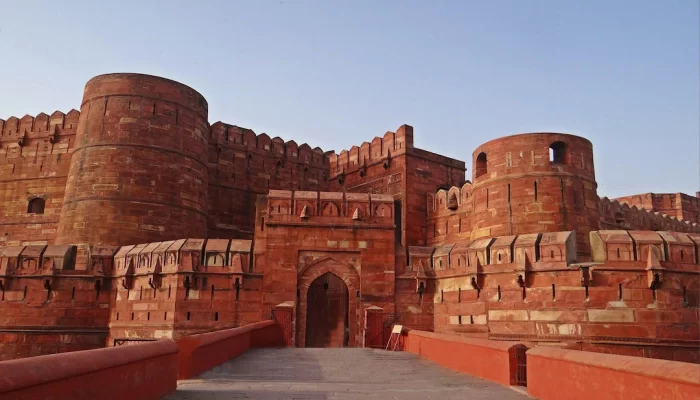
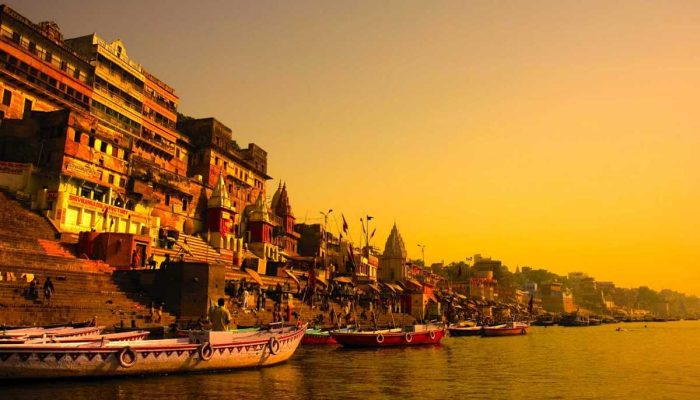
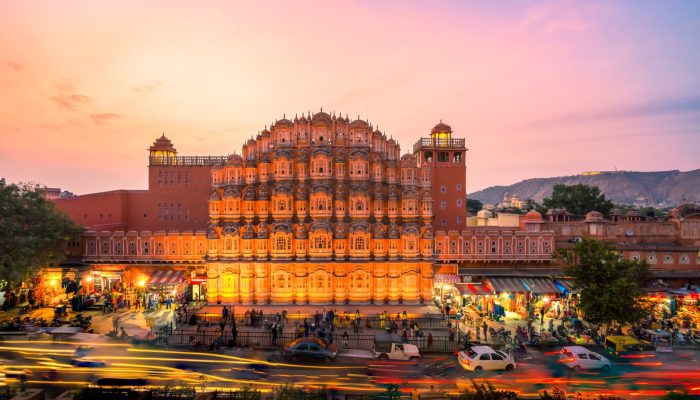
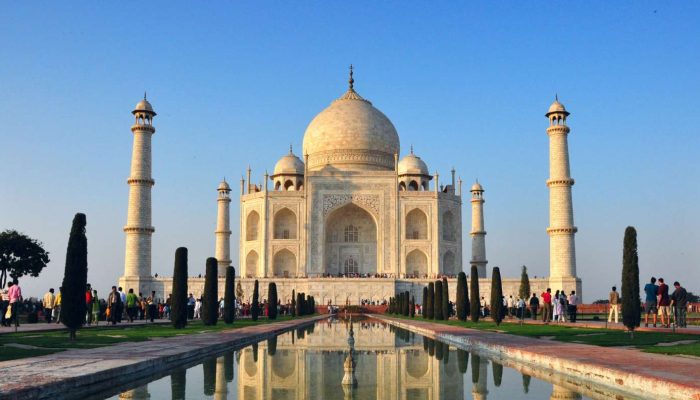
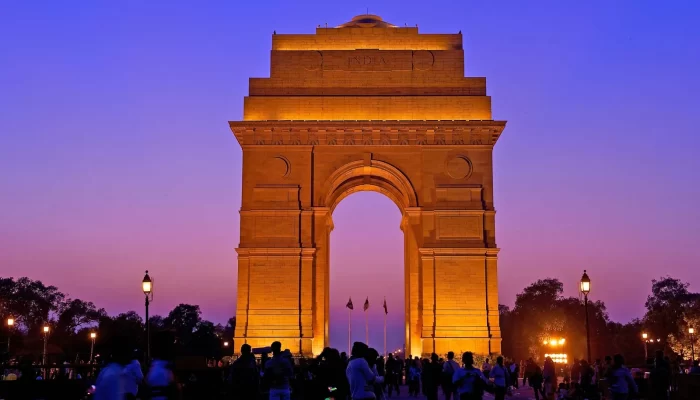
Sample Itinerary
DAY 1
ARRIVE IN DELHI
We welcome you in the capital city of India, for a journey across the fascinating history-markers of medieval north India. Wars were fought and rulers changed in Delhi but ordinary lives were lived in relative continuity. Glimpses of these can be seen even today as the character of the city underwent massive changes in the last decades. In the lands fabled to have seen seven cities, signs of the old are continuously jostling with the new, presenting an ever-fascinating panorama. We welcome you to its chaos and stability, into its steadfastness and its impatience and into a delightful rainbow of amalgamation, producing a world completely its own.
Arrive Delhi airport by flight, meeting and assistance at airport and transfer to hotel for check in.
Overnight stay at hotel.
DAY 2
DELHI
Delhi is often distinguished as the old and new, the old referring to the pre –British habitations and the new is Lutyen’s Delhi, built to suit British sensibilities and the rapidly expanding city of independent India. However as we walk you through this city which has fascinated one and all for centuries, you will see that these demarcations are fluid with an intermixing of the old and new Delhi’s producing a supremely fascinating pulse to its city life.
This morning after breakfast at hotel and later proceed for sightseeing in Delhi.
In Old Delhi visit the Raj Ghat (memorial to Mahatma Gandhi). Drive past Red fort and once an imperial avenue of Mughal Royalty which today is the busiest commercial area of the city. Later visit Jama Masjid, – The largest mosque in India. On our way back contrast the swift architectural changes brought by the colonial rulers mirroring styles from across Europe and adapted to the Indian environment.
In New Delhi visit the mausoleum of emperor Humayun – a forerunner of the Mughal style of architecture. Visit the mausoleum of emperor Humayun – a forerunner of the Mughal style of architecture.
Drive past the India Gate (war memorial dedicated to the lives of laid down by the Indian soldiers), the president’s residence – formerly the Viceroy’s Palace, parliament House and the Secretariat buildings, – an interesting blend of the Victorian and 20th century architecture.
Visit the 12th century Qutub Minar, gracefully hand-carved for its entire height of 234ft, and the iron pillar, which has withstood the ravages of time and not rusted even after 1500 years. Later visit Birla Temple.
Overnight stay at hotel.
DAY 3
DELHI-JAIPUR BY SURFACE (265 KMS / 05 HRS)
After breakfast, leave Delhi and reach the pink city of Jaipur.
On arrival check-in at hotel
Overnight stay at hotel.
DAY 4
JAIPUR
Morning: After breakfast, it’s time to explore Jaipur. Your first stop will be Amber Fort, a classic, romantic Rajasthani Fort Palace. The rugged, time-ravaged walls of the Fort give a very vintage look from the outside and the interior is astonishingly beautiful and well preserved. Miniatures painted on the walls depict hunting and war scenes, apart from festivals. Inside the Fort, visit the Jag Mandir or the Hall of Victory. Inside the Jag Mandir is the famed Sheesh Mahal – a room with all four walls and ceiling completely embedded with glittering mirror pieces from Belgium. You will have a brief photography stop at Hawa Mahal – (also known as the Palace of Winds).
Afternoon: One of the places to visit in Jaipur the City Palace, the former royal residence, a small part of it has been converted into a museum. A small portion is still used by the Royal family of Jaipur. Built in the style of a fortified campus, the Palace covers almost one-seventh in area of the city. One of the major attractions in the museum is the portion known as Armory Museum housing an impressive array of weaponry-pistols, blunderbusses, flintlocks, swords, rifles and daggers. The royal families of Jaipur once used most of these weapons. Later visit the Jantar Mantar, Which is the largest stone and marble crafted observatory in the world. Situated near the gate of the city palace, the observatory has 17 large instruments, many of them still in working condition
Overnight stay at hotel.
DAY 5
JAIPUR – AGRA BY SURFACE via FATEHPUR SIKRI (241 KMS / 05 HRS)
After breakfast, leave Jaipur for the city of Agra. You will visit Fatehpur Sikri en route.
The peaceful city of Fatehpur Sikri was built by Emperor Akbar in 1569, in honour of the great Saint Sheikh Salim Chisti who blessed Akbar and prophesized the birth of three sons to the heirless Emperor. Akbar used Fatehpur Sikri as his capital and the city was fully occupied for 14 years. The ruler had to abandon the city after they faced the scarcity of water for a long time. Visit the remarkably well-preserved, graceful buildings including Buland Darwaza, Jama Masjid, tomb of Salim Chisti, Panch Mahal Palace and other palaces that speak of the grandeur and splendour of the Mughal empire at the height of its power.
After exploring Fatehpur Sikri, you will leave to reach Agra.
On arrival check-in at the hotel.
Evening at leisure
Overnight stay at hotel
DAY 6
AGRA
After breakfast proceed to visit famous historical places in Agra.
Your first stop will be Agra Fort, which has the famous diwan-i-aam and diwan-i-khaas; the halls for private and public meetings along with other palaces. Shah Jahan spent years of confinement at the hands of his son Aurangzeb, looking wistfully at the Taj Mahal from the Fort.
Enjoy sunset at Taj Mahal. Taj Mahal built by Shah Jahan in 1560 in memory of his wife Mumtaz Mahal to enshrine her mortal remains. This architectural marvel is a perfectly proportioned masterpiece fashioned from white marble that stands testimony to the skill of 20,000 craftsmen brought together from Persia, Turkey, France and Italy and who took 17 year to complete this ‘ Love Poem in Marble’.(Closed on Fridays)
Overnight stay at hotel.
DAY 7
AGRA – JHANSI BY TRAIN AND JHANSI – KHAJURAHO BY SURFACE (180 KMS / 04 HRS DRIVE)
Today morning transfer to Agra railway station to board the train to Jhansi.
Meeting & assistance with the representative on arrival. Drive to Khajuraho, en route enjoy sightseeing in Orchaa.
The town of Orchha is full of spectacular palaces and temples built by the Bundela rulers in the 16th and 17th centuries. A prominent highlight is the Jehangir Mahal. This exceptionally beautiful specimen of Mughal architecture is built on a rectangular base and has a circular tower at each corner surmounted by a dome.
Continue with your drive to Khajuraho. On arrival, check in to the hotel.
In the temple architecture of India, the Khajuraho Group of Monuments remains unique. This UNESCO World Heritage Site comprises a group of Hindu, Buddhist, and Jain temples. The temples are well known for their nagara-style architectural symbolism and some erotic sculptures, supposedly based on the ancient Indian treatise called Kama Sutra. The erotic art sculptures form only a minority as most of the other sculptures are based on meditative postures, spiritual teachings, royalty and other aspects of life. Most of the temples were constructed during 950 AD to 1050 AD and today just about 20 temples survive out of the original 85 built during
the 12th century. The temples are grouped into three geographical divisions: western, eastern and southern.
Overnight stay at hotel.
DAY 8
KHAJURAHO TO VARANASI BY FLIGHT
One of the best things to do in Khajuraho, especially in the morning is to visit the famous temples. The Western group of temples is the largest and paramount group roughly split into two rows. The Lakshmana Temple, the Matangesvara Temple and the Varaha Temple form one complex, while the Visvanatha and Nandi temples are situated nearby. The Kandariya Mahadeva Temple, dedicated to Lord Shiva, is the largest of Khajuraho’s temples and is also considered to be one of the best examples of India’s medieval-era temples.
The Eastern group, situated in close proximity to the Khajuraho village, includes three Brahmanical temples known as Brahma, Vamana and Javari and three Jain temples; the Ghantai, Shantinath and Parshvanatha. The temple of Parshvanatha is the largest of the Jain temples in Khajuraho and the finest. It was originally dedicated to Adinath and later to Parshvanatha and is an excellent example of sensitive art without any sexual motifs. The Shantinath Temple has been classified as a Monument of National Importance by the Archaeological Survey of India.
Later transfer to Khajurao airport to board a flight to Varanasi.
Meeting and assistance on arrival and transfer to hotel.
Varanasi, the religious capital of Hinduism, is one of the oldest continuously inhabited cities in the world. The celebrated author, Mark Twain, rather philosophically described it as ‘older than history, older than tradition, older even than legend, and looks twice as old as all of them put together’. Full of deeply revered old temples, the city attracts countless pilgrims. Many Hindus believe that the one who dies in Varanasi attains Nirvana. The Ghats (steps leading to the water) of Varanasi on the banks of the Ganges are amongst the holiest places in India. In short, Varanasi offers a deeply moving spiritual experience. In the evening, experience this ancient town intimately by going on a leisurely rickshaw ride through its narrow streets and alleys. The Ghats and temples are lit up with oil-lamp lights or candles. Participate in an `aarti’ ceremony (collective prayer) and watch the floating `diyas’ (lamps) on the river Ganges.
Overnight stay at hotel.
DAY 9
VARANASI
Go on an early morning boat cruise on the River Ganges and watch the ‘acts of faith’ performed on the Ghats, one of the prime attractions in Varanasi. Right at the crack of dawn, devotees start offering prayers to the rising sun and perform other rituals. During the boat ride, you will get the chance to see the mesmerising sunrise on the Ganges. Also enjoy Yoga session with a local yoga teacher.
In the late morning, go on an excursion to Sarnath, around 10 km away. It’s one of the most important Buddhist pilgrim sites and is full of ancient relics, including stupas, monasteries and pillar edicts. Visit the Archaeological Museum, famed for its Ashokan symbol of four lions sitting back to back in a circle. Also visit the world famous Mahabodhi Temple. This UNESCO World Heritage Site marks the location, where the Buddha attained Enlightenment. The site also has a Bodhi Tree, which is believed to be a descendant of the original tree under which the Buddha meditated. Another prominent highlight is the Dhamek Stupa; it’s believed to be the spot where the Buddha gave the first sermon to his first five Brahmin disciples after attaining enlightenment.
Overnight at the hotel.
DAY 10
VARANASI TO DELHI BY FLIGHT
Today morning transfer to Varanasi airport to board flight to Delhi
Meeting & assistance on arrival and transfer to hotel
Overnight stay at hotel.
DAY 10
DEPART DELHI
Today in time transfer to Delhi airport to board onward flight.
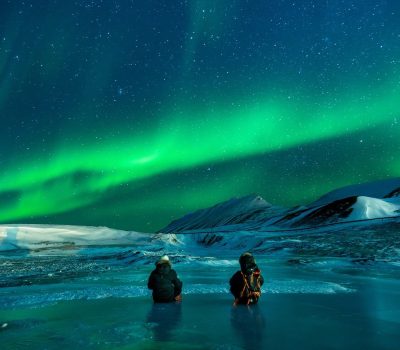
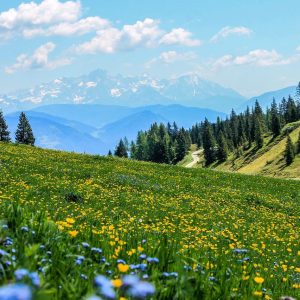
CREATE AN EXPERIENCE
Let's Make Memories Together
The voyage does not finish once you have left. We’ll transport you to a world of wonders and create amazing memories that will last long after you’ve returned home.
Away from the regular tourist traps, you’ll have a one-of-a-kind, authentic experience. A sensation created in an energizing setting that will be yours and yours alone. We will make this happen because old travels are great ones. The world’s wonders are within your grasp.





